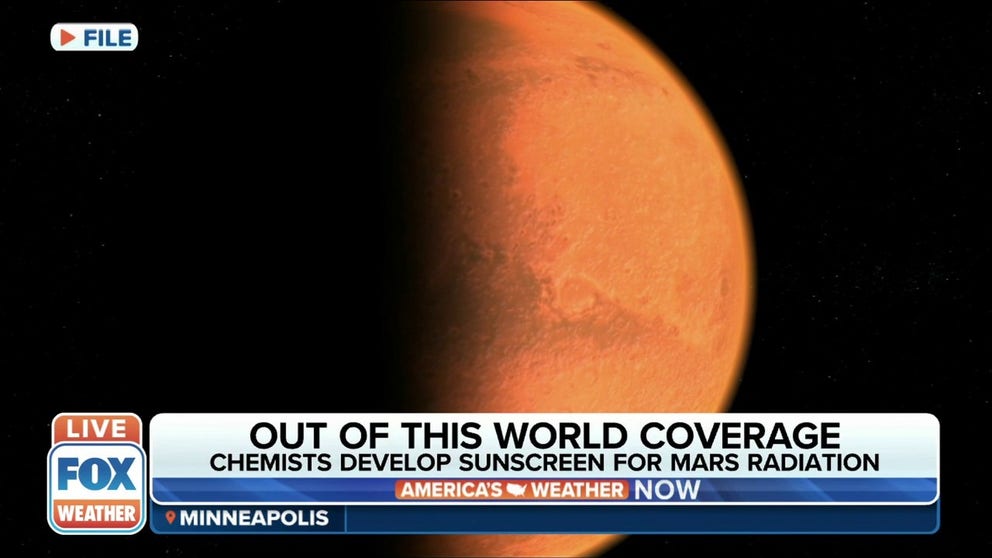Chemists look to fungus among us to protect first Martians from intense radiation
Researchers at the Desert Research Institute and the University of Nevada are hoping to develop a supplement that astronauts can consume that would protect them from radiation.
Chemists look to specific fungus as potential Mars radiation protector
Chemists hope to develop a supplement that astronauts could ingest which would allow for protection against radiation on the planet Mars.
RENO, Nev. – After the journey to Mars, astronauts will endure numerous obstacles to live on the red planet, including facing harsh radiation from the sun, but chemists are hoping they have a gift from Earth that could help protect the first Martians from the intense sun.
A team at the University of Nevada Reno, Desert Research Institute and NASA Ames Research Center are studying moss-like fungi known as lichens to find out if the same protection it offers from radiation on Earth can be applied to Mars.
On Earth, the magnetosphere acts as a protective barrier from radiation from the sun. This is one of the reasons why the International Space Station is 200 miles up, still within this magnetic bubble. However, in deep space, you are constantly being bombarded by at least some form of radiation, and Mars does not have a magnetosphere like Earth. The red planet's atmosphere is thinner than Earth's, offering less protection for humans from harmful rays.
Astronauts will need protection by materials either on their suits or their habitats and spacecraft to travel to Mars. Now, Researchers at the University of Nevada are hoping to use their findings to develop a supplement that astronauts can consume that would give them the same protection from radiation.
Chemists study lichens that grow on rocks and trees throughout the Sierra Mountains because they believe the moss-like fungi can absorb radiation.

Christopher Jeffrey holds a vial of vulpinic acid isolated from Lupus litharium, or Wolf lichen. Wolf lichen is found in Nevada, and the sample they isolated the vulpinic acid from was collected on a camping trip at Yuba Pass. (Image credit: University of Nevada Reno)
Earth's atmosphere wasn't always as protective as it is now, and the team says that the evolution of the pigment on the lichen suggests they were vita to survive billions of years ago. Places like Florida or in the Amazon Rainforest have green-colored lichens, but lichens in the desert are different colors.
"The pigment is only in the outer layer. I came to the realization that the pigment has nothing to do with photosynthesis. It must be related to shielding the UV," Henry Sun, with the Desert Research Institute, said.
Most recently, the team was awarded a NASA Established Program to Stimulate Competitive Research (EPSCoR) grant to study how they can make powerful sunscreen by mimicking these processes that happen in nature.
Chemist Christopher Jeffrey is working to isolate the pigments from the lichen and then using synthetic chemistry to produce larger quantities.
The results could have impacts here on Earth if the pigment is used commercially in paints to withstand sun exposure for longer periods of time.
"We're hoping that by studying these organisms we can learn how to make a better sunblock that is natural, that is organic, that is very protective," Sun told FOX Weather.
